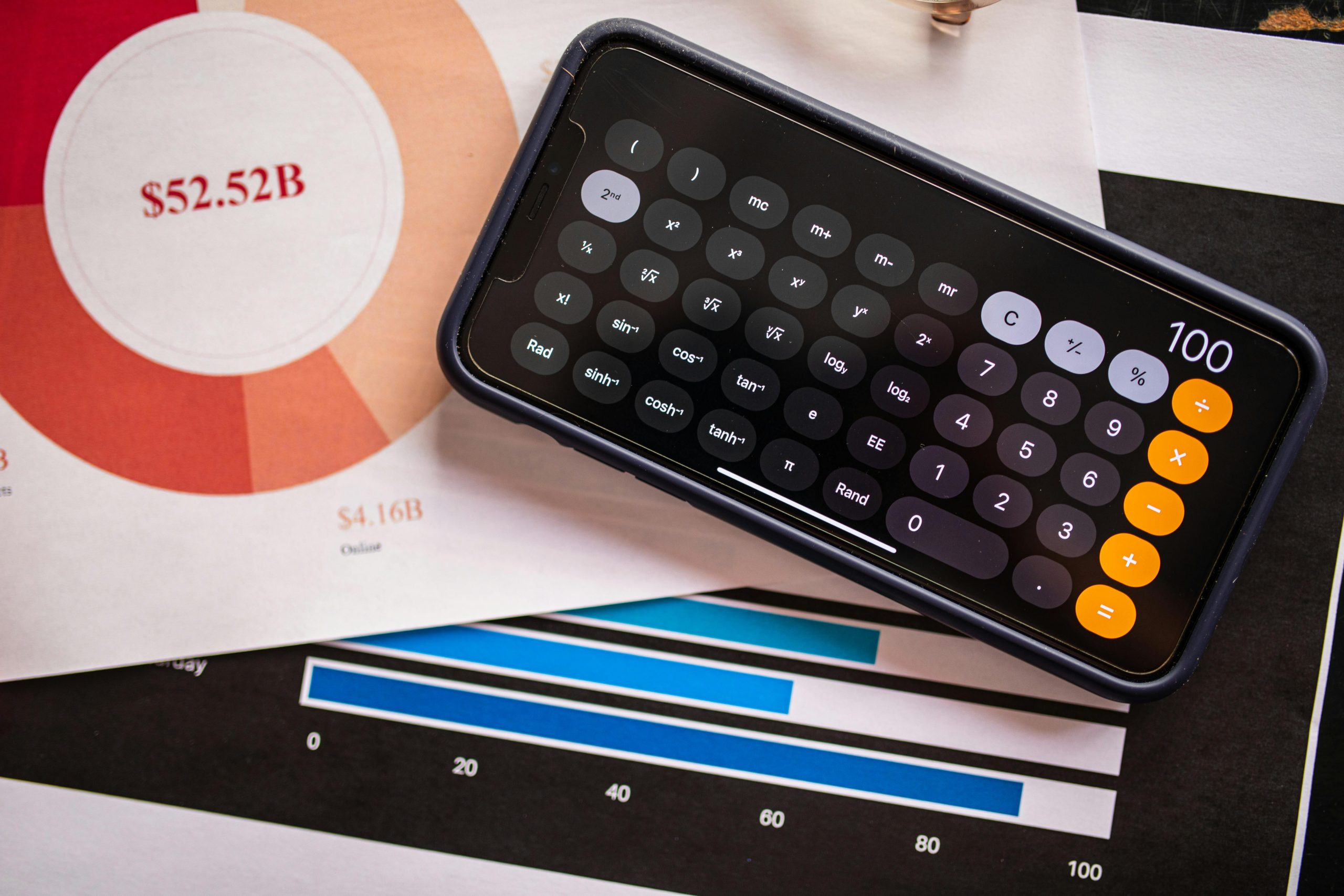Statistics Shocking Numbers About Compulsive Purchasing Behavior
Welcome to the world of compulsive purchasing behavior, where the obsession with buying things goes beyond mere retail therapy. It’s a behavior that affects millions of individuals worldwide and has even been given a clinical name – oniomania. With the rise of e-commerce and easy access to credit, our desire for material possessions has become more of a problem than ever before. But just how pervasive is compulsive buying? Here are some shocking statistics that shed light on this growing phenomenon.
The Prevalence of Compulsive Purchasing Behavior
First and foremost, it’s important to understand the scope of the problem. According to recent studies, nearly 5% of the global population suffers from compulsive purchasing behavior. And while it affects people of all ages, it tends to be more prevalent in younger individuals, with millennials being the most susceptible. This could be attributed to the fact that this generation has grown up in a consumer-driven society, where material possessions are often equated with success and happiness.
The Gender Divide
When it comes to compulsive buying, it appears that women are more likely to fall into this pattern of behavior. A study conducted by researchers at the University of Richmond found that around 80% of compulsive buyers are female. This is in line with the societal expectations and pressures placed on women to constantly look their best and have the latest trends.
The Financial Toll
Compulsive buying is not just a psychological issue, it can also have a significant impact on one’s financial health. In fact, research has shown that compulsive buyers are more likely to have credit card debt and struggle with managing their finances. Many individuals with this behavior tend to overspend and make impulsive purchases without considering the consequences. This can lead to financial distress and even bankruptcy in extreme cases.
The Role of Social Media
In today’s digital age, social media plays a big role in how we perceive ourselves and others. And for those with compulsive buying tendencies, it can be a dangerous trigger. Constant exposure to images of material possessions and lifestyles of the rich and famous can fuel the desire to keep up with the latest trends and fads. In fact, a study by the University of Michigan found that the more time individuals spend on social media, the more likely they are to engage in compulsive buying behavior.
The Psychological Factors
While it’s easy to blame external factors such as social media and societal pressures, there are also underlying psychological reasons for compulsive buying. Researchers have found that individuals with this behavior often have low self-esteem and use shopping as a way to boost their mood and feel better about themselves. It can also be a form of self-medication for those with anxiety, depression, or other mental health issues.
Managing Compulsive Buying
It’s clear that compulsive buying is a problem that needs to be taken seriously. Not only can it have negative effects on an individual’s financial and mental well-being, but it can also lead to strained relationships and social isolation. If you or someone you know is struggling with this behavior, there are some steps that can be taken to manage it.
Seek Professional Help
The first and most important step is to seek help from a mental health professional. A therapist or counselor can help uncover the underlying reasons for the behavior and provide strategies to cope with the urge to shop excessively.
Practice Mindfulness
A key aspect of managing compulsive buying is becoming more aware of your thoughts and emotions. Mindfulness techniques, such as deep breathing and meditation, can help individuals become more present and less reactive to their urges to buy. This can also help develop healthier coping mechanisms for managing stress and negative emotions.
Set a Budget
Creating a realistic budget and sticking to it can be a vital tool in curbing compulsive buying behavior. This can also help establish financial goals and priorities, and reduce the feeling of constantly needing to acquire more and more possessions.
Practice Delayed Gratification
Delaying a purchase and giving yourself time to think before making a decision can be an effective way to combat compulsive buying. Often, the urge to buy something impulsively dissipates after a few days, and you may realize that you don’t actually need or want the item.
Surround Yourself with Support
Having a strong support system of family and friends can make all the difference in managing compulsive buying behavior. Let them know about your struggles and ask for their help in keeping you accountable and on track with your goals.
Compulsive buying behavior may seem like a harmless habit at first, but the consequences can be far-reaching. By understanding the statistics and underlying factors, we can take steps towards managing this behavior and living a healthier, more mindful life. Remember, it’s not about the things we possess, but the relationships and experiences that truly bring joy and fulfillment to our lives.










